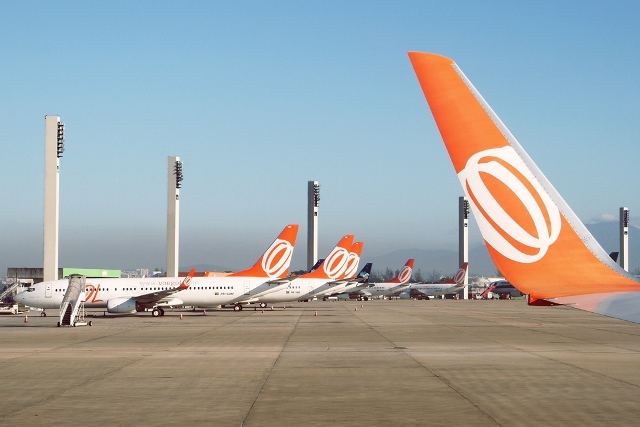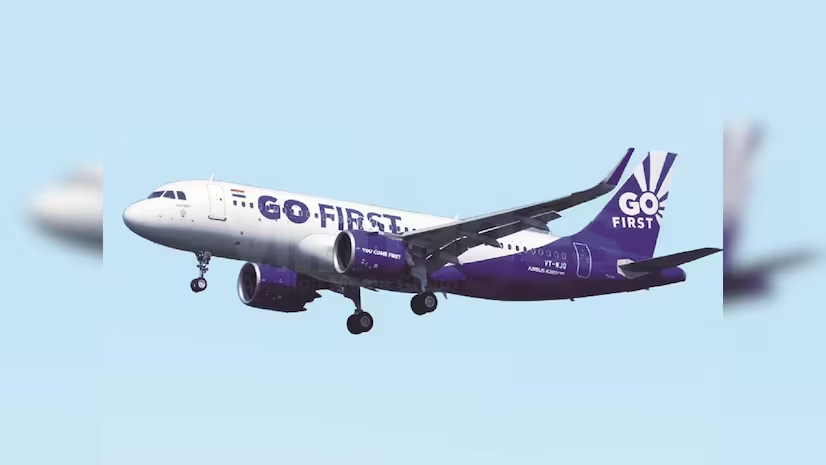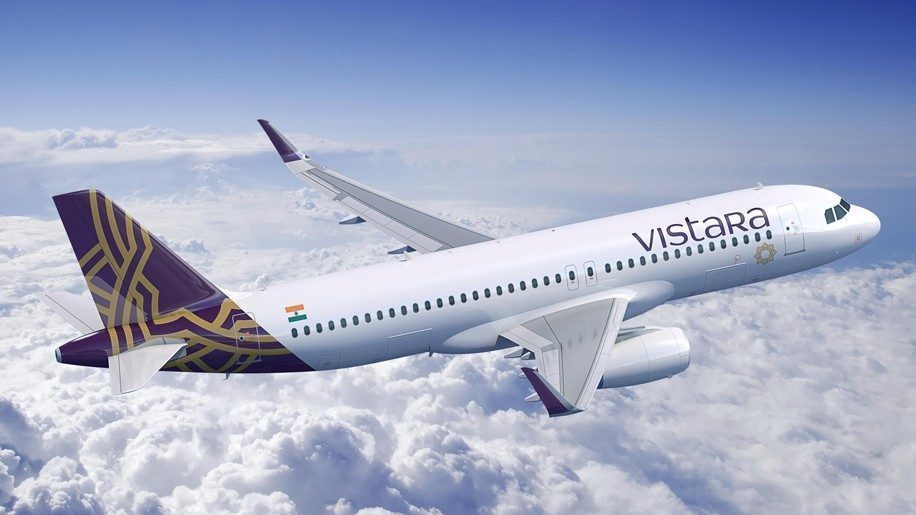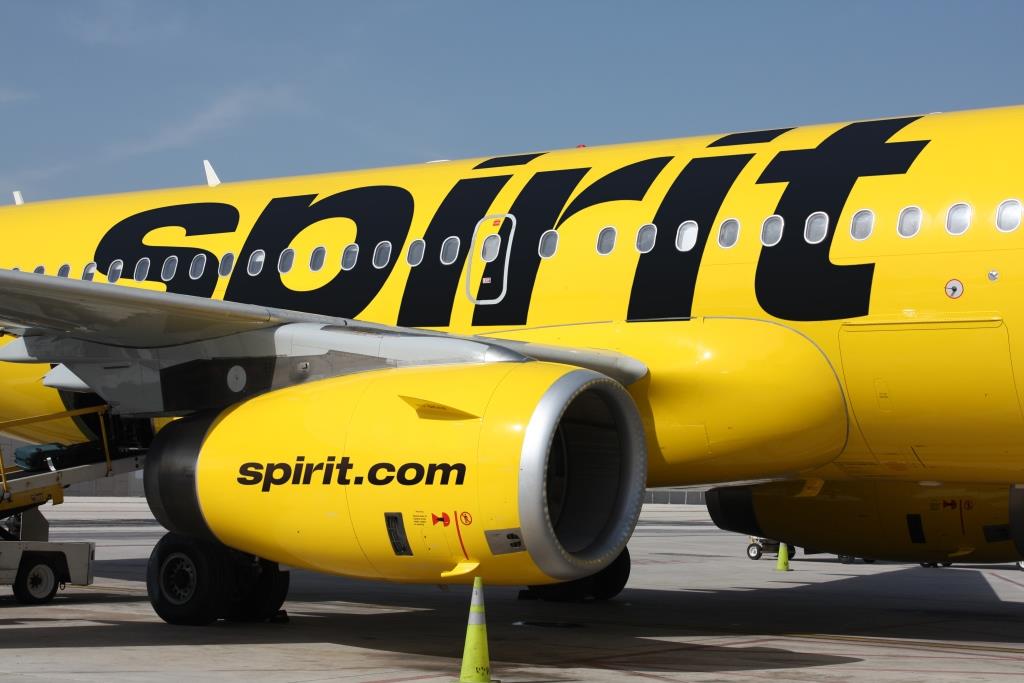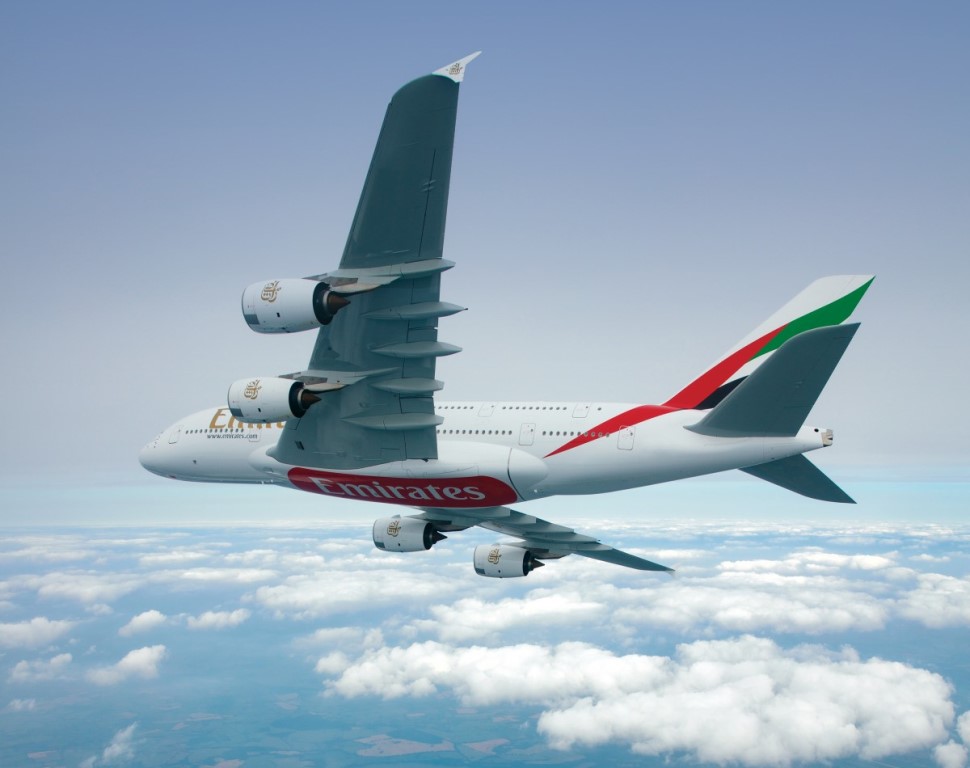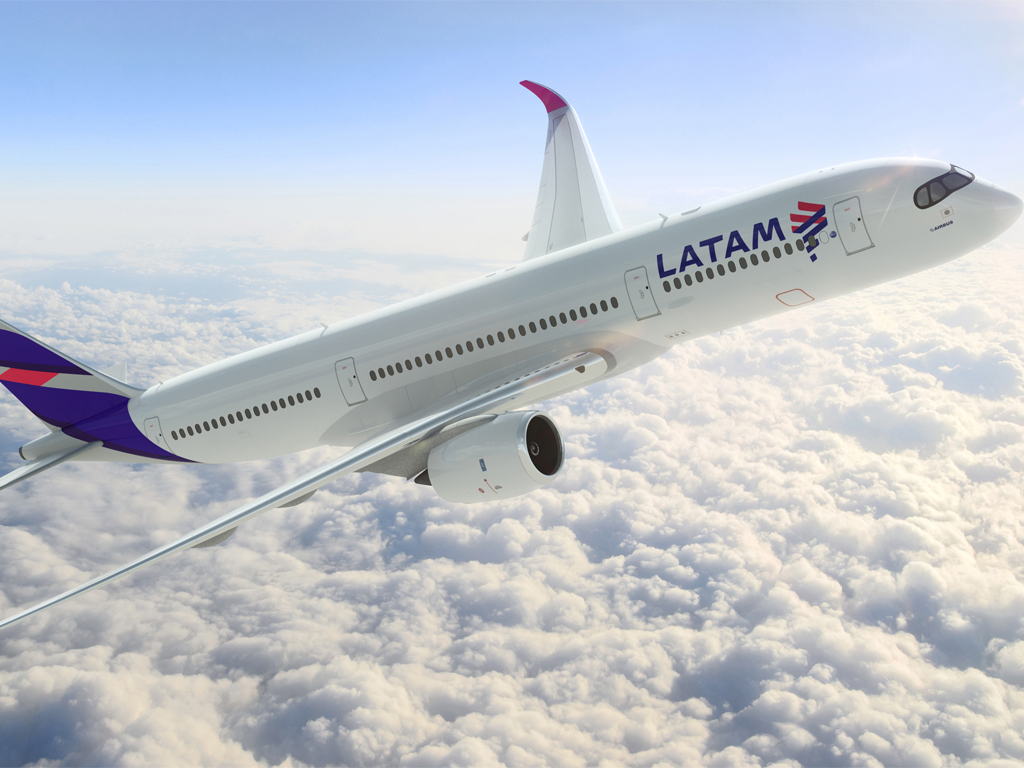Azul Airlines, Brazil’s low-cost carrier, has officially filed for Chapter 11 bankruptcy protection in the United States. The announcement came on Wednesday, marking a pivotal step in the airline’s efforts to reduce debt and secure its future.
The move follows weeks of speculation, after Azul previously stated it was making progress in reducing its financial burden. Now, with the support of key financial stakeholders and partners—including American Airlines, United Airlines, and its largest aircraft lessor AerCap—the carrier has launched a formal restructuring plan.
Azul’s plan includes approximately $1.6 billion in committed financing to keep operations running during the bankruptcy process. Additionally, the airline aims to eliminate over $2 billion of existing debt. A further $950 million in potential equity financing is also part of the recovery strategy, with up to $300 million expected to come from American and United Airlines, pending certain conditions.
Despite the bankruptcy filing, Azul has confirmed that it will continue regular flight operations. Travelers should not expect major changes to schedules or services, as the company plans to “continue flying and operating as normal” while meeting all customer and business commitments.
The airline’s U.S. partners have expressed confidence in Azul’s path forward. Andrew Nocella, United’s chief commercial officer, stated that the company has been proud to work with Azul since 2014 and supports the restructuring process. Stephen Johnson, American’s vice chair and chief strategy officer, highlighted that the partnership will offer travelers more connectivity across Brazil and South America.
Azul’s situation is unfolding alongside similar efforts by Brazil-based competitor Gol, which recently gained court approval for its own Chapter 11 restructuring plan. Gol, a longtime partner of American Airlines, is expected to emerge from bankruptcy in early June. The parent company of Gol, Abra, has also announced plans to eventually combine the operations of Gol and Azul in Brazil—hinting at possible large-scale changes in the country’s aviation landscape.



